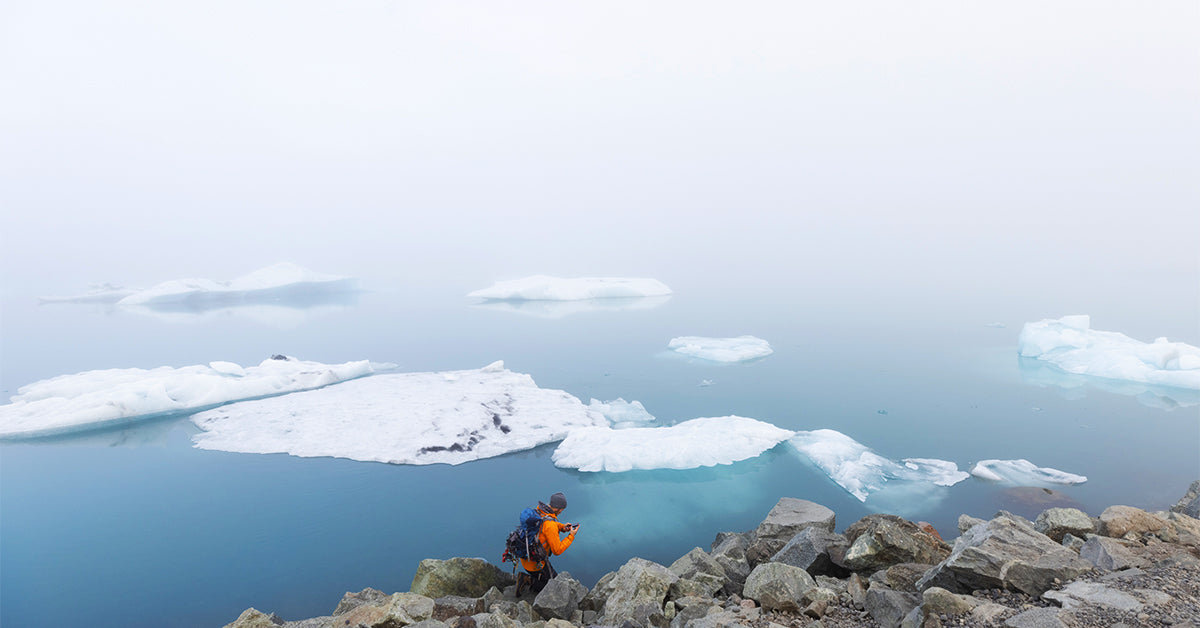Introduction:
Thermal imaging and night vision technologies have significantly advanced our ability to see in low-light conditions. Although they both serve the purpose of enhancing visibility in darkness, these technologies operate on different principles. In this article, we will explore the distinctions between thermal imaging and night vision, delve into their unique applications, and discuss the advantages and limitations of each.
Thermal Imaging: Seeing the Invisible:
Thermal imaging relies on the detection of heat signatures emitted by objects and converts them into visible images. It captures the infrared radiation and displays it as a color-coded image, where warmer objects appear brighter and cooler objects appear darker. This technology excels in detecting temperature differences, making it invaluable in various industries such as security, law enforcement, and building diagnostics.
Night Vision: Amplifying Available Light:
Night vision technology amplifies the existing ambient light, including moonlight or starlight, to provide enhanced visibility in low-light environments. It operates by collecting and intensifying available light through an image intensifier tube, which produces a green-hued image. Night vision devices are widely used in military operations, surveillance, and wildlife observation.
Applications of Thermal Imaging:
Thermal imaging finds extensive application in diverse fields. It excels in electrical inspections, enabling the detection of overheating components, faulty connections, and insulation gaps. In building diagnostics, thermal imaging detects energy inefficiencies, moisture intrusion, and structural defects. It is also invaluable in search and rescue operations, as it can detect body heat signatures, even in challenging environments.
Applications of Night Vision:
Night vision technology is predominantly employed in military operations, enabling soldiers to navigate and detect potential threats in low-light or complete darkness. Law enforcement agencies also use night vision for surveillance, reconnaissance, and covert operations. In the civilian domain, night vision devices find application in wildlife observation, camping, and outdoor activities.
Advantages of Thermal Imaging:
Thermal imaging offers several advantages. It enables visibility in complete darkness and adverse weather conditions such as fog or smoke. The ability to detect temperature differences helps identify potential issues, ensuring safety and preventing costly breakdowns. Additionally, thermal imaging is non-invasive, allowing inspections without physical contact.
Advantages of Night Vision:
Night vision technology amplifies available light, providing a clearer view in low-light environments. It allows for depth perception and recognition of shapes and details. Night vision devices are generally compact, portable, and available in various forms such as goggles, binoculars, and rifle scopes.
Limitations of Thermal Imaging:
Thermal imaging has limitations, including difficulty in distinguishing specific details or recognizing facial features. Transparent materials, such as glass or plastic, can impact thermal imaging accuracy. Additionally, thermal cameras tend to be relatively expensive compared to night vision devices.
Limitations of Night Vision:
Night vision relies on available ambient light, which means it may not function optimally in pitch-black environments. Overexposure to bright light sources can disrupt night vision devices temporarily. Night vision also struggles to penetrate through fog, heavy rain, or dense vegetation.
Conclusion:
Thermal imaging and night vision technologies provide valuable solutions for low-light visibility. While thermal imaging captures heat signatures to detect temperature differences, night vision amplifies available ambient light. Both technologies have their unique applications, advantages, and limitations. Understanding these differences will help users make informed decisions regarding the most suitable technology for their specific needs, whether it be enhancing safety through thermal imaging or navigating in low-light conditions with night vision capabilities.



